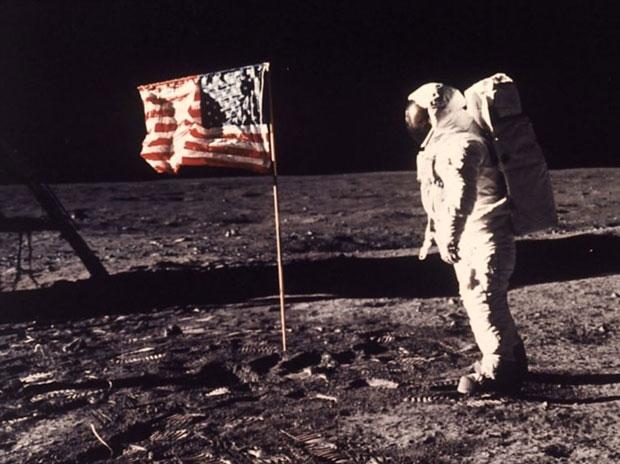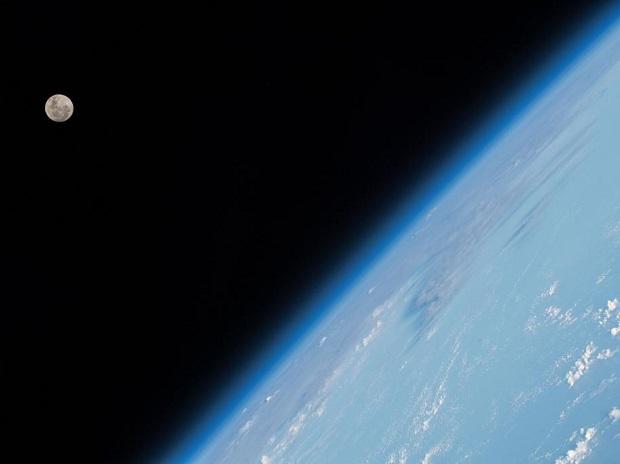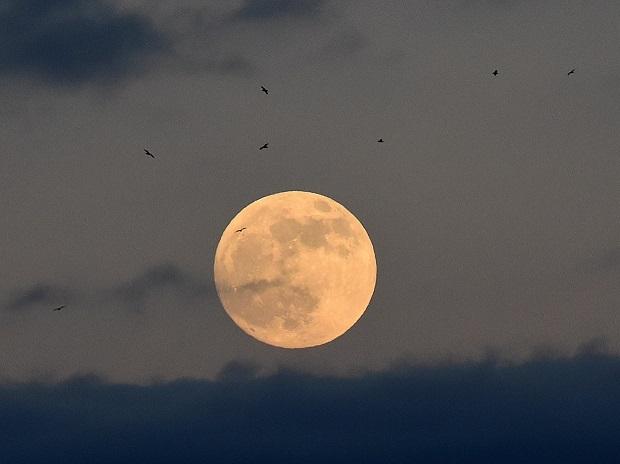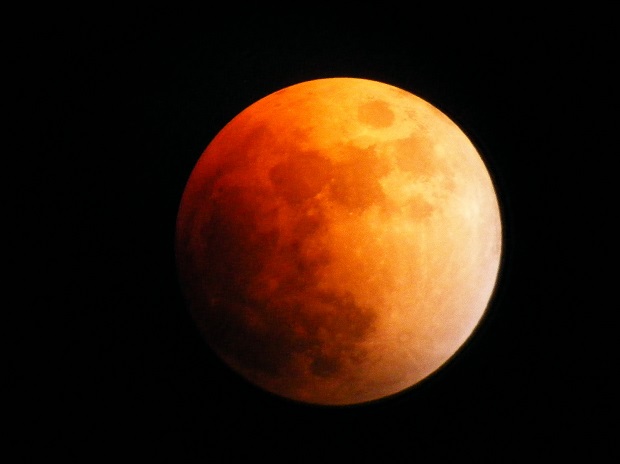
Think about the three space rocks
Space rock 2002 NN4: June 6
Space rock 163348 (2002 NN4) is the first of the enormous space rocks that will break the Minimum Orbit Intersection Distance (MOID) of 0.05 AU (7.48 million kilometers). The space rock is accepted to go at a speed of 5.2 km a second or 11,200 miles for every hour. As per the dailystar.co.uk, it is evaluated to be somewhere in the range of 250m and 570m (820ft and 1870ft) - so it could be taller than the Empire State Building (443m or 1453ft) and the London Eye (135m or 443ft) consolidated.
The International space office has classed the space rock as an Aten space rock, which is a space rock following a wide circle around the Sun.
Researchers don't think the space rock will crash into Earth however will watch out for it in the event that it enters Earth's climate by some coincidence. Space rock 163348 (2002 NN4) is relied upon to zoom past Earth at 12:50 pm (IST) on Sunday this week.
Space rock 2013 XA22: June 8
Following the beast 2002 NN4's nearby Earth approach, the next is space rock 2013 XA22, which will break the MOID on June 8 at 3:40PM UTC. Its methodology will be fundamentally nearer than that of the 2002 NN4, coming to 0.019 AU (2.93 million kilometers) of Earth. Space rock 2013 XA22 is a far littler space rock – it has top distance across of 160 meters, and will fly by at relative speed of 24,050 kmph.




